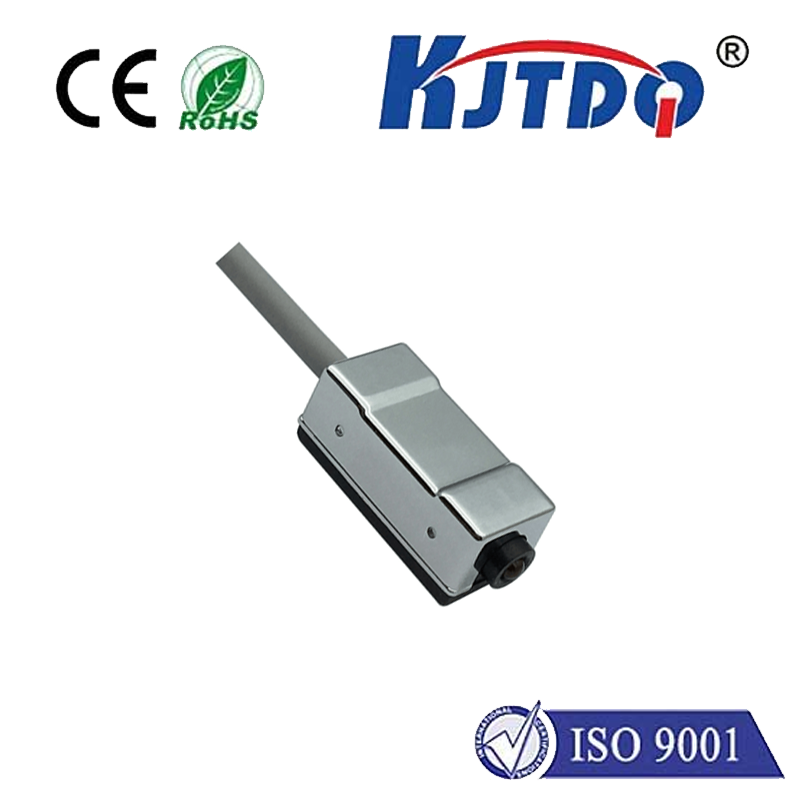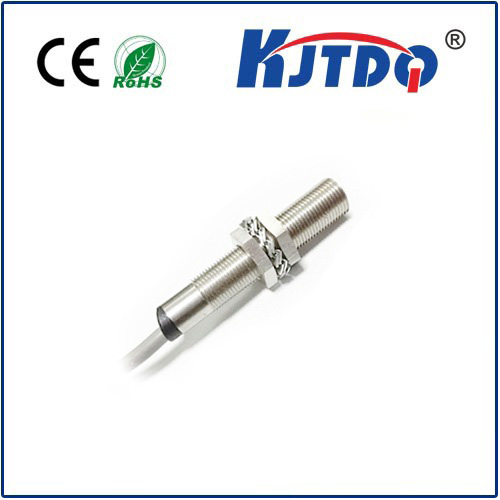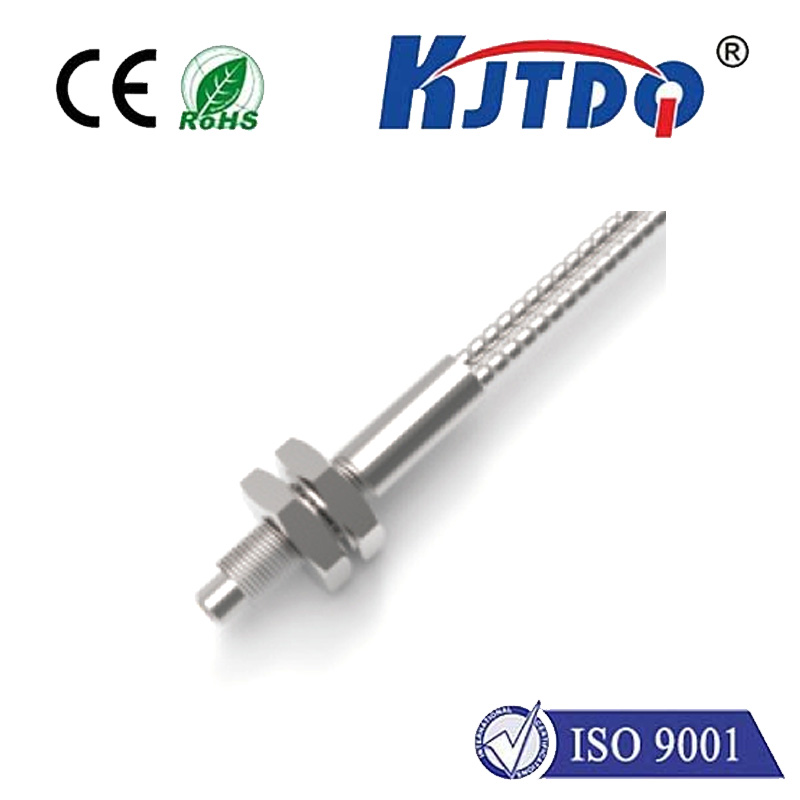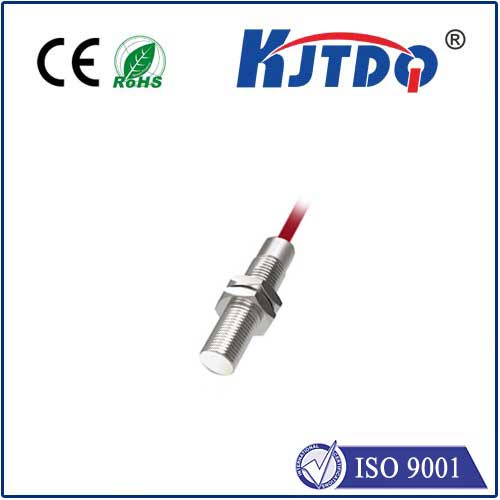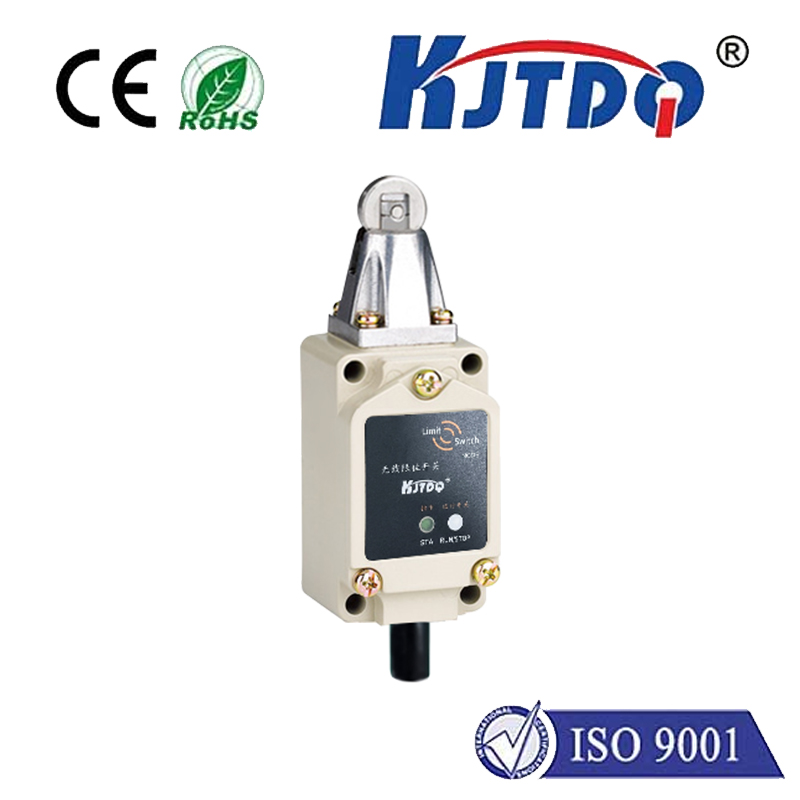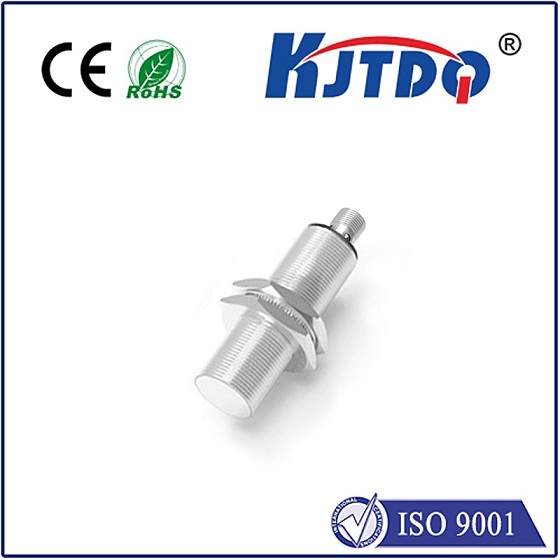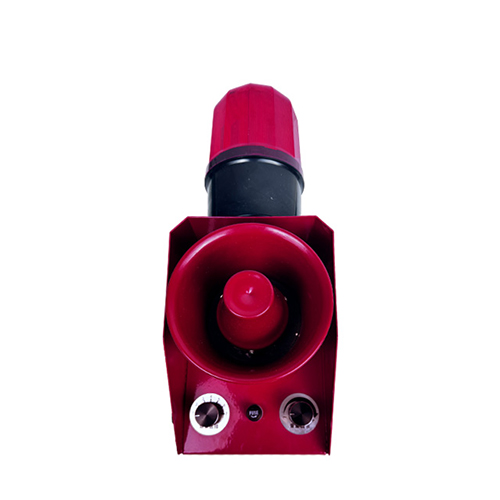Imagine a critical hydraulic power unit deep within a manufacturing plant. Pressures soar to levels capable of deforming standard equipment. Monitoring components reliably here isn’t just beneficial; it’s mission-critical for safety, efficiency, and preventing catastrophic downtime. In these high-stakes environments where standard sensors falter, the BES013C High Pressure Proximity Sensor steps up as the definitive solution, engineered specifically to withstand and perform under immense pressure loads.
Pressure isn’t merely a background condition in many industries; it’s a defining characteristic of the operating environment. Standard inductive proximity sensors, while robust for general automation, often reach their limits when exposed to sustained high-pressure fluids or gases. Their housings can deform, sealing can fail, and internal electronics become compromised, leading to unreliable switching, false signals, and ultimately, equipment failure. This vulnerability creates significant risks in sectors like:
The BES013C Advantage: Built for the Crush
The BES013C distinguishes itself through its exceptional construction tailored explicitly for high-pressure endurance. Its core strength lies in a stainless steel housing engineered to resist deformation. This robust enclosure is crucial, as it maintains structural integrity and protects the sensitive internal components – the oscillator, evaluation circuitry, and switching output – from the crushing forces outside. Crucially, this housing is rated to withstand pressures up to 40 bar (580 psi), a significant threshold far exceeding the capabilities of most industrial inductive sensors.

Reliable Detection: The Heart of the Matter
Beyond mere survival, the BES013C proximity sensor must perform its detection function flawlessly. Utilizing a tried-and-true inductive sensing principle, it detects the presence of conductive metal targets without physical contact. Its optimized coil design ensures stable and repeatable switching points, even when submerged in high-pressure hydraulic fluid or exposed to pressurized streams. Key performance characteristics include:
Integration Made Simple
Despite its ruggedness, integrating the BES013C high pressure proximity sensor into existing systems is straightforward. It typically offers standard M12 or M18 threaded barrel designs and features industry-standard PNP or NPN output configurations (commonly with a 3-wire connection). This compatibility ensures it can seamlessly replace less capable sensors or be incorporated into new high-pressure system designs without complex retrofitting. The IP67 or IP68 protection rating (depending on the variant) further guarantees immunity to dust ingress and temporary or prolonged submersion, aligning perfectly with challenging wet and pressurized environments.
Why the BES013C is More Than Just a Sensor
Choosing the right component for high-pressure applications is not just about technical specs; it’s about mitigating risk and optimizing operational continuity. The BES013C proximity sensor delivers tangible value:
The Essential Tool for High-Pressure Assurance
In the relentless world of industrial automation, where pressures constantly test the limits of equipment, relying on components that merely “get by” is insufficient. The BES013C High Pressure Proximity Sensor provides essential assurance. It represents a specialized solution designed from the ground up to operate reliably where pressures are extreme and failure is not an option. For engineers specifying systems involving hydraulics, pneumatics, or any process operating under significant pressure, the BES013C is not just another sensor; it’s a critical investment in resilience, reliability, and long-term operational success. Its ability to deliver precise, non-contact detection while enduring crushing forces makes it an indispensable tool for pushing the boundaries of automation safely and efficiently.
